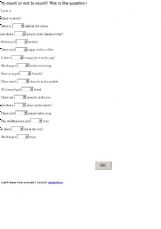
To count or not to count? Level 4
The fourth part ofthe series. In this exercise students practice the correct use of much and many. Hope you�ll find it useful!
Level: elementary
Age: 10-14
|
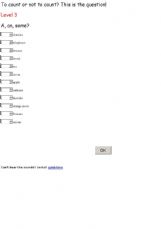
To count or not to count? Level 3
The third in the series of exercises. This time the use of a, and asn some is practised. Have fun!
Level: elementary
Age: 10-14
|
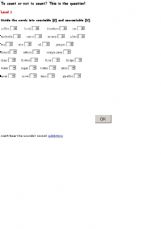
To count or not to count? Level 1.
This is the first exercise from a series designed to practise issues connected with countable and uncountable nouns. there are for levels (parts). Enjoy!
Level: elementary
Age: 10-14
|
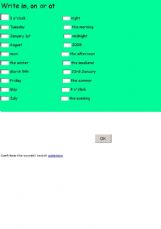
Prepositions in, on, at
In this exercise students practise prepositions in, on and at with dates, hours, time expressions, months, years, etc.
Level: elementary
Age: 10-12
|
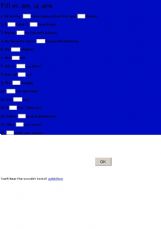
to be
In this exercise students practice the use of "to be" in present simple (is, am, are).
Level: elementary
Age: 9-10
|
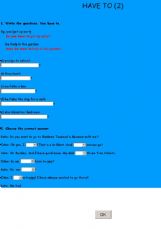
Have to (2)
In this exercise students practice making questions with "have to" in present simple tense.
Level: elementary
Age: 11-14
|
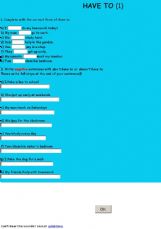
have to
With this exercise students can practice the positive and negative forms of "have to" in present simple tense.
Level: elementary
Age: 11-14
|
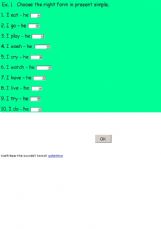
present simple positive sentences
In this exercise students practise the spelling rules of third person singular in present simple.
Level: elementary
Age: 10-11
|
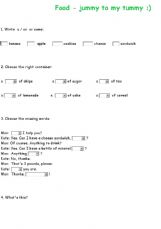
Food - yummy to my tummy
revision of lexical items, a/an and some, shopping
Level: elementary
Age: 6-12
|
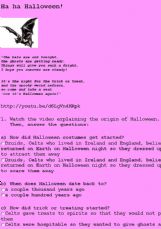
Ha ha Halloween!
This is a listening comprehension exercise based on Walt Disney�s cartoon wchich explains the origins of Halloween. It will make students aware of the current Halloween customs as well as the fact that they are rooted in ancient times. It introduces a number of Halloween words: cauldron, witch, cast...
Level: intermediate
Age: 14-100
|